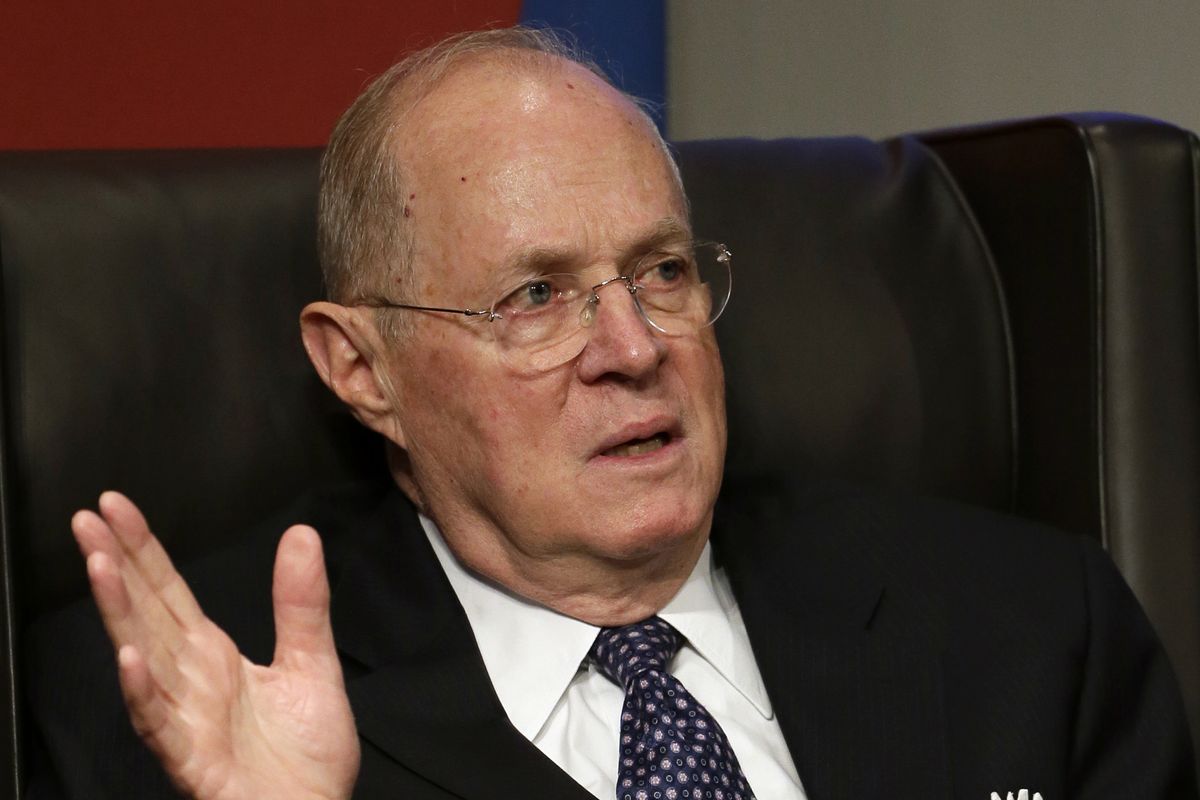Affirmative action ban in Michigan upheld

WASHINGTON – The Supreme Court dealt another blow to affirmative action Tuesday, upholding the decision of Michigan voters – and by implication similar bans in seven other states – to forbid the use of race as a factor in deciding who is admitted to state universities.
In a 6-2 ruling, the court brushed aside claims that such bans amount to discrimination against minorities, ending constitutional challenges to the state ballot measures.
The states that have prohibited affirmative action at public colleges and universities have generally experienced similar results: The percentage of African-American and Latino students at the most selective campuses has declined.
Supporters of affirmative action say that shows some level of racial preference is needed to ensure campus diversity. Opponents contend that those preferences perpetuate racial divisions in society, and that other measures, such as preferences based on family income, could more effectively ensure diversity.
The court’s majority has been steadily skeptical of admissions policies that evaluate students based on race. Although justices have not forbidden such practices, they had little trouble deciding that a state’s voters could set a strict rule against “preferential treatment” based on race.
“This case is not about how the debate about racial preferences should be resolved,” Justice Anthony M. Kennedy said for the court. “It is about who may resolve it. There is no authority in the Constitution of the United States or in this court’s precedents for the judiciary to set aside Michigan laws that commit this policy determination to the voters.”
In a vehement dissent, Justice Sonia Sotomayor faulted her colleagues for what she said was their “refusal to accept the stark reality that race matters.”
The Constitution does not “give the majority free rein to erect selective barriers against racial minorities,” she said, reading her dissent aloud in court. She cited a brief from the University of California chancellors reporting on the drop in the percentage of African-American and Latino students at UC Berkeley and UCLA.
Chief Justice John Roberts, who joined Kennedy’s opinion, chided Sotomayor for the tone and content of her dissent. “It is not ‘out of touch with reality’ to conclude that racial preferences may themselves have the debilitating effect of reinforcing precisely that doubt (that minority students sometimes feel about themselves) and – if so – that the preferences do more harm than good.”
Justice Samuel Alito also agreed with Kennedy, while Justices Antonin Scalia and Clarence Thomas did so in a separate opinion.
Justice Stephen Breyer, who had in the past voted to uphold affirmative action as constitutional, voted with the majority Tuesday to uphold Michigan’s ban. “I continue to believe that the Constitution permits, though it does not require, the use of the kind of race-conscious programs that are now barred by the Michigan Constitution,” he said.
Justice Ruth Bader Ginsburg agreed with Sotomayor, while Justice Elena Kagan sat out the case.
The Michigan law, adopted on a 58 percent-to-42 percent vote in 2006, says public colleges and universities “shall not discriminate or grant preferential treatment to any individual or group on the basis of race, sex, color or national operation.” The wording was copied from California’s Proposition 209, which voters approved in 1996.
The Michigan ballot measure was triggered by the high court’s last ruling endorsing an affirmative action policy, involving the University of Michigan Law School. The 5-4 decision written by then-Justice Sandra Day O’Connor in 2003 said this policy could be upheld because it focused on individual applicants and did not set quotas or numerical goals.
But it prompted critics of the affirmative action policy to take their case to the voters, leading to the 2006 ballot measure.